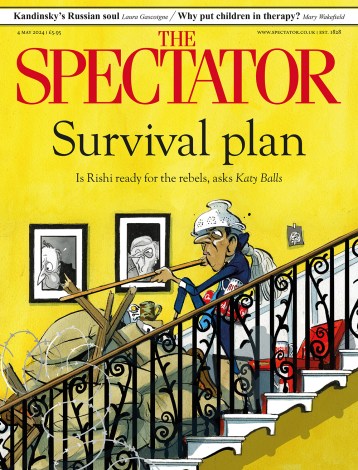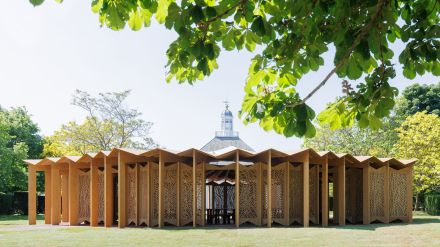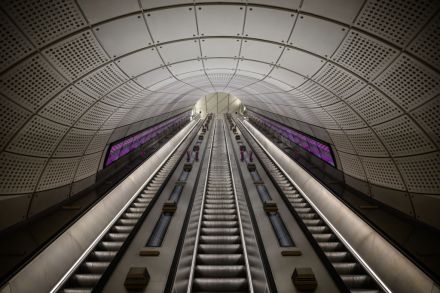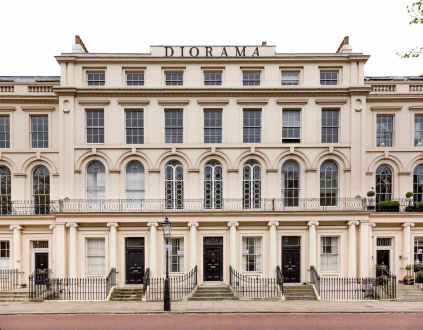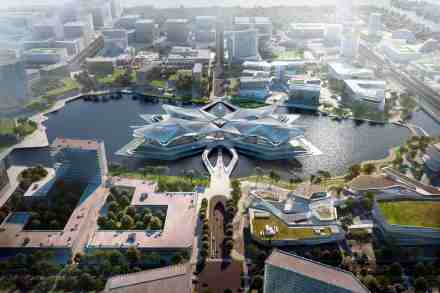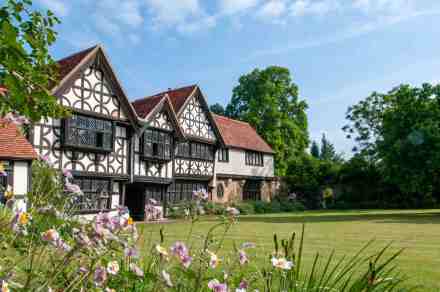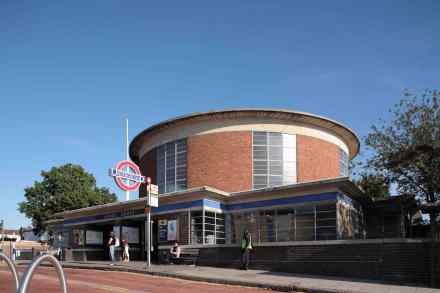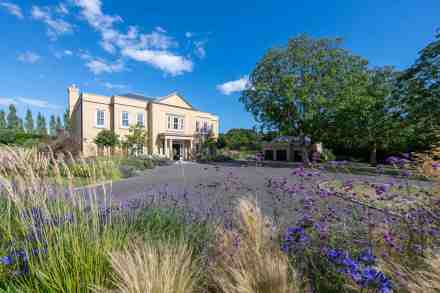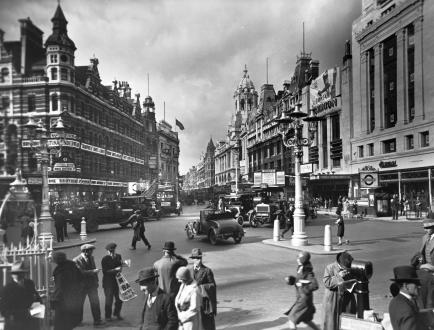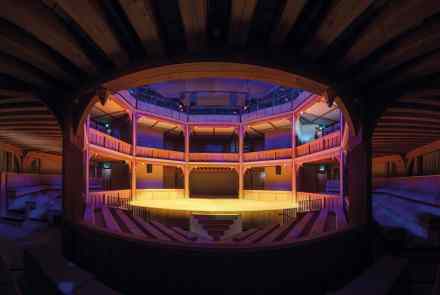The proposed cities of the future look anything but modern
California Forever is an American 21st-century utopian vision, a new city to be built on 60,000 acres of dusty farmland 50 miles outside San Francisco. This latest plan for ‘safe, walkable neighbourhoods’, unveiled late last year and yet to be approved, is financed by Flannery Associates, a consortium of tech venture capitalists led by a former Goldman Sachs trader. Despite its ultra-modern backers, California Forever looks nothing like a modern city. Its promotional material is pure English nostalgia, something close to Metroland, with dreamlike vistas, charming streets, rowing boats, bicycles, sunrises and endless trees. If renderings are to be believed, the future is Blytonesque. This idyll is the latest expression


